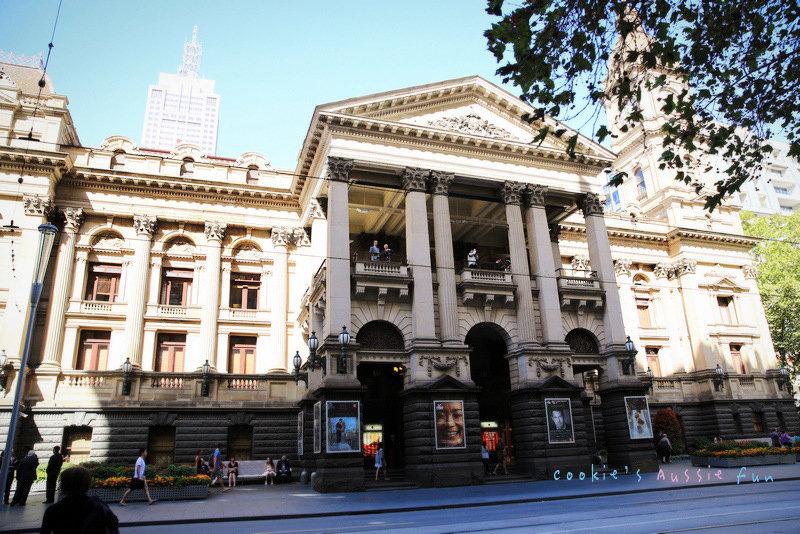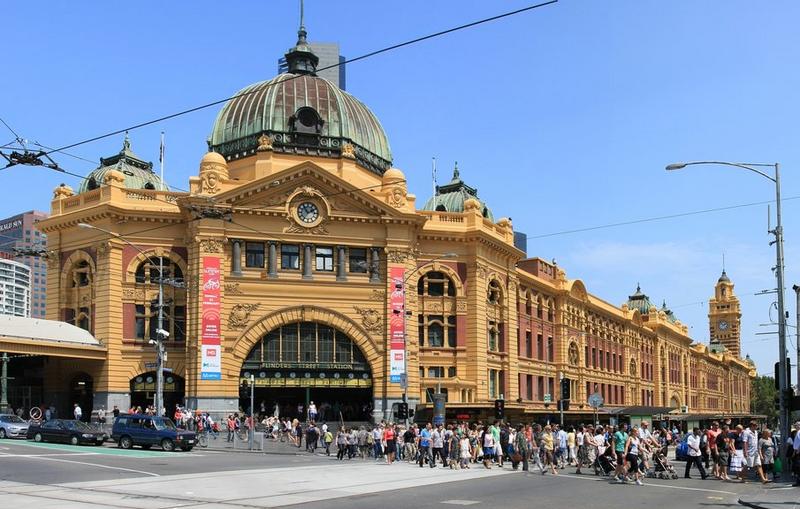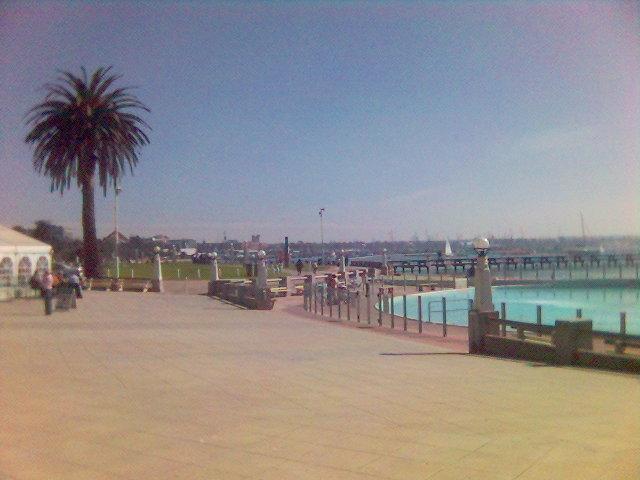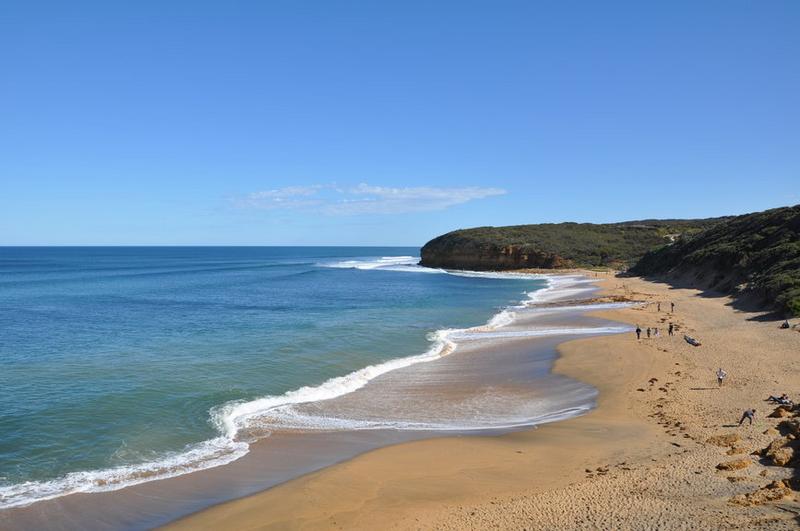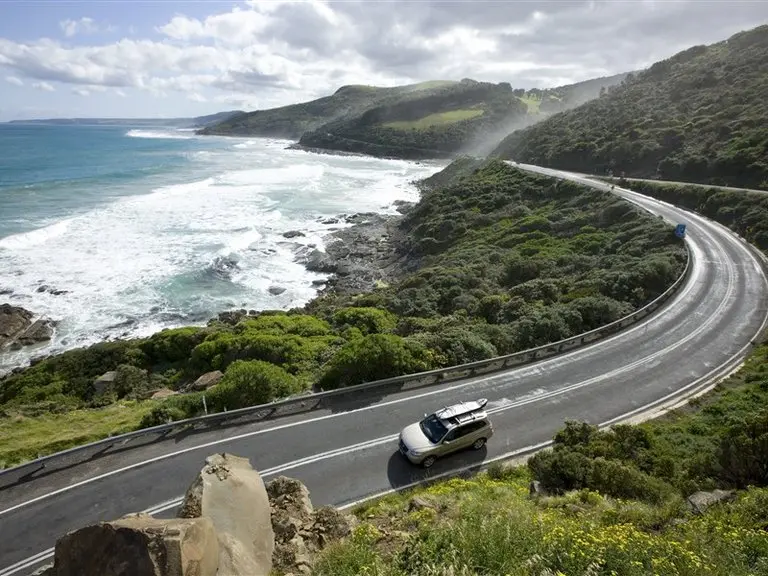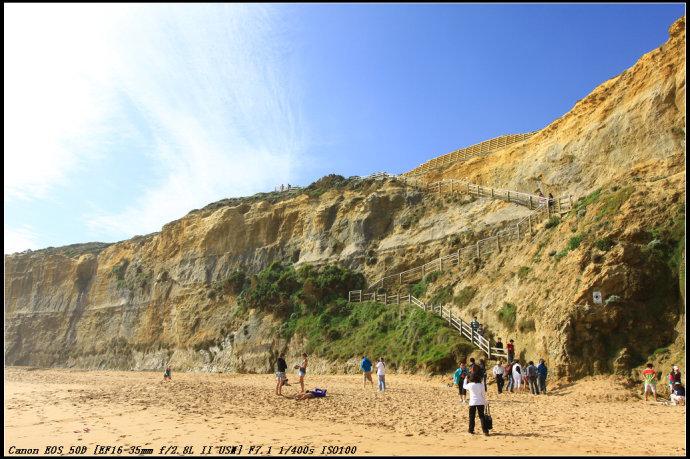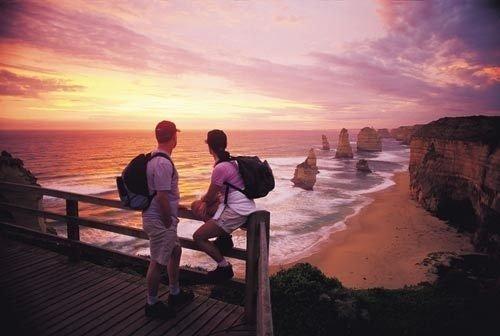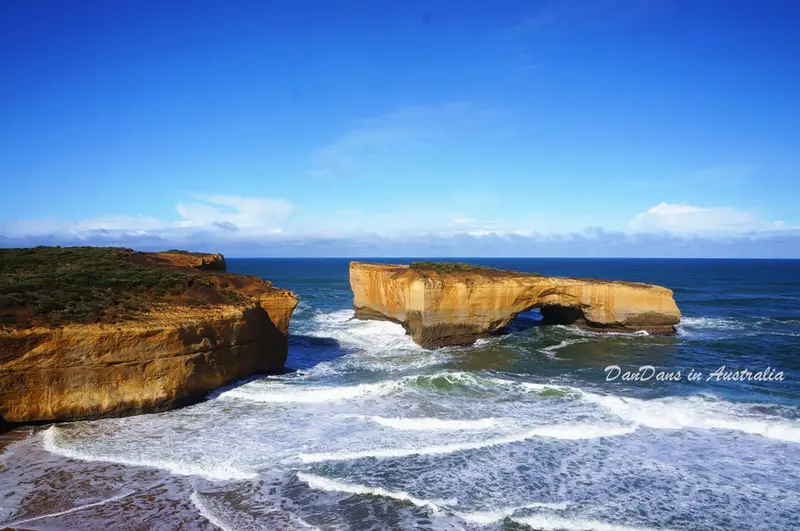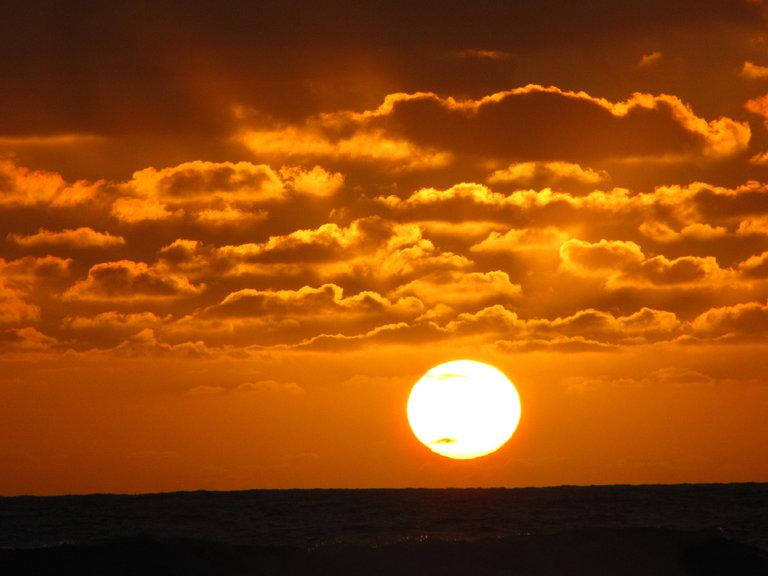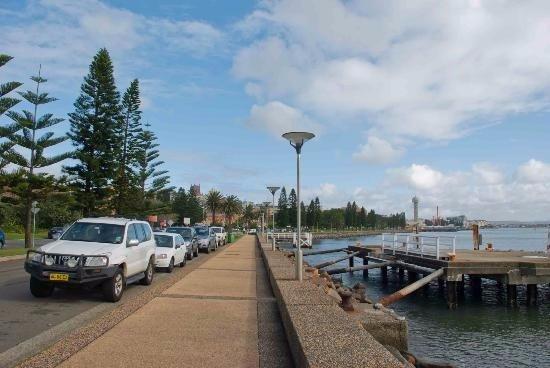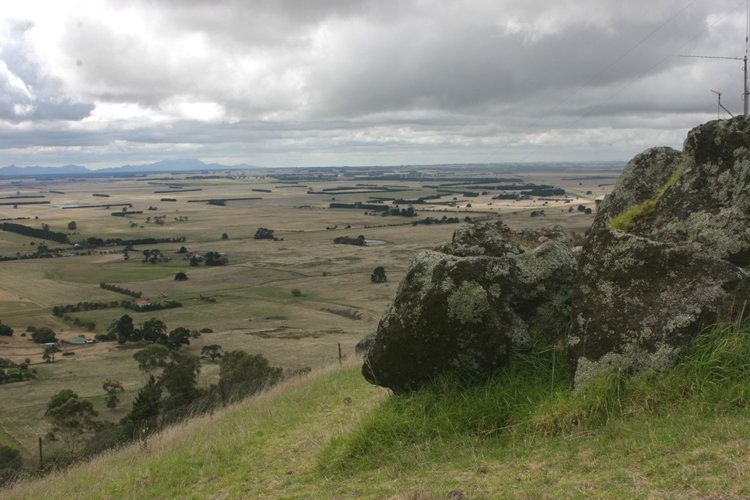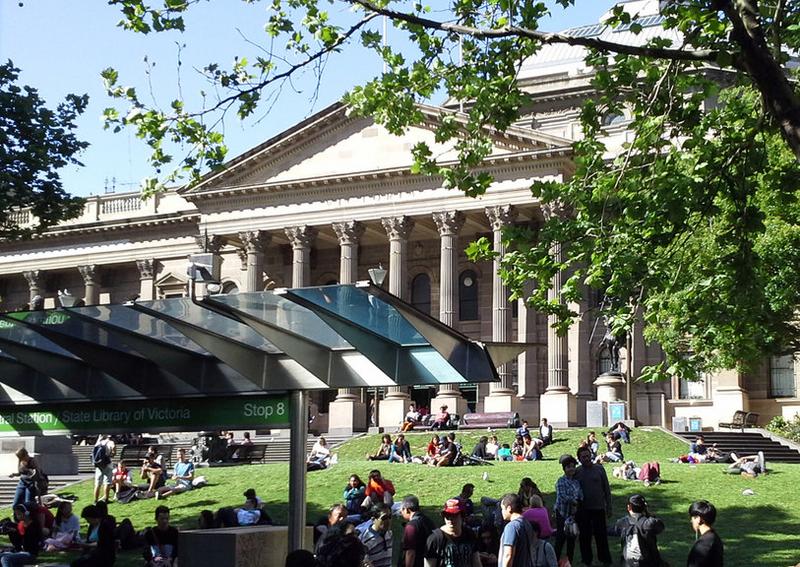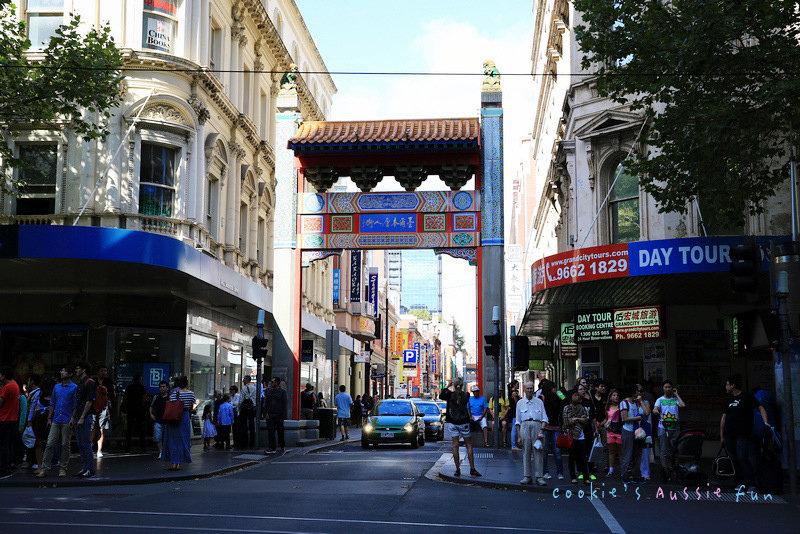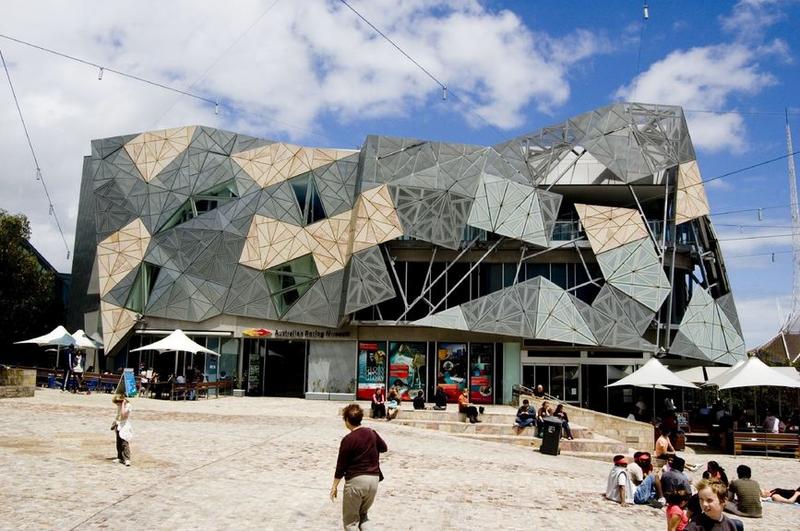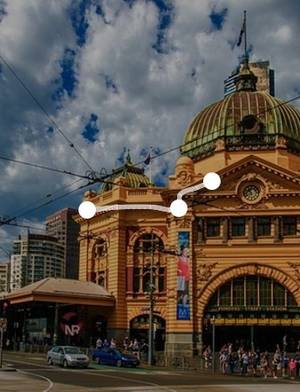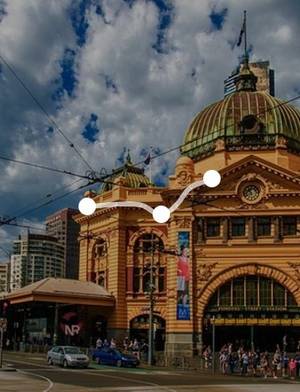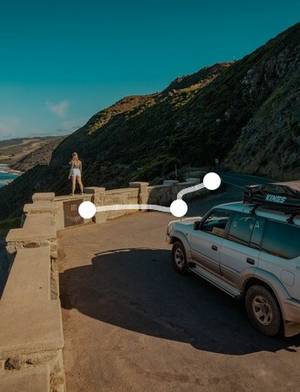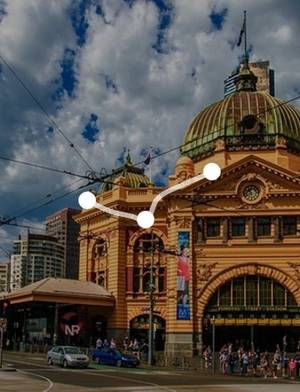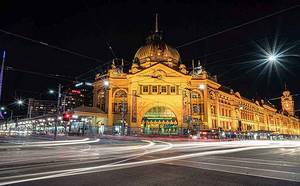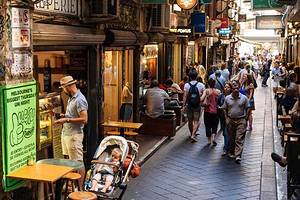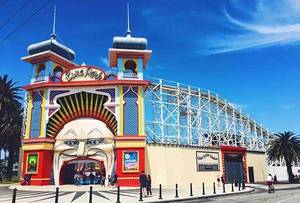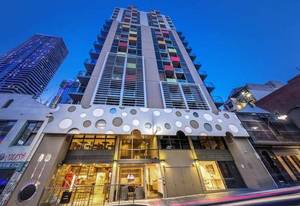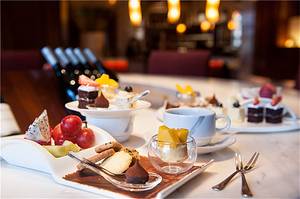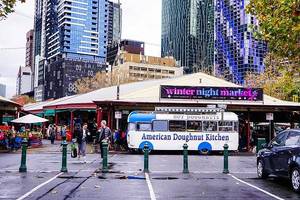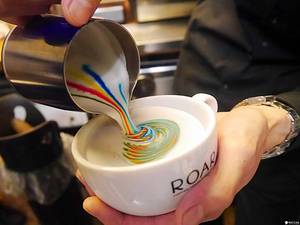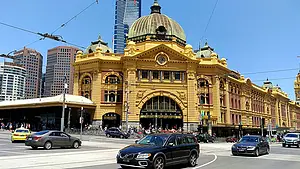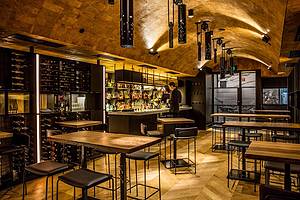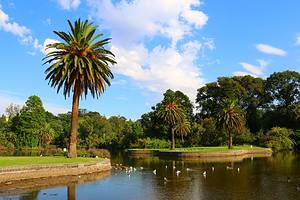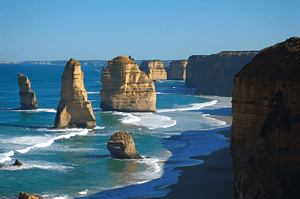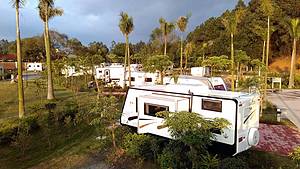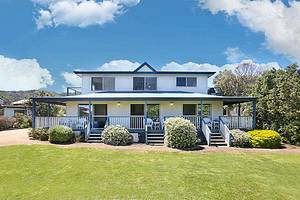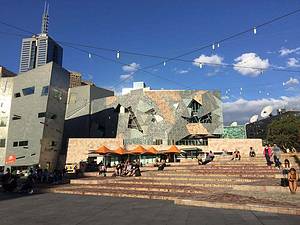The Most Beautiful Coastal Road - Great Ocean Road 4-Day Tour
6 cities |
16 attraction(s) |
total distance 370
km
 TIPS
TIPS
Day1
Day2
Day3
Day4
Day1: Melbourne > Great Ocean Road
5 attraction(s) ·
107 km
1
Built in 1869, the Melbourne Town Hall was designed by the renowned local architect Joseph Reed in the Second Empire style. It features a concert hall and was once the most renowned music hall in Australia.
3
km
2
Flinders Street Station is the largest and busiest train station in Melbourne, Australia. It is a Victorian-era building and the first railway station in Melbourne. Located in the city center, directly opposite Federation Square, with St Paul's Cathedral nearby. It is a landmark building on Swanston Street and a popular meeting point for locals. The station's famous "meet under the clocks" refers to the large clock in front of the station. The entire station is made of yellow stone, with a distinctive bronze dome. At night, the station is illuminated by yellow lights, showcasing a different classical and magnificent Victorian architecture. It is worth visiting Flinders Street Station at night to experience its unique charm.
74
km
3
The beautiful dolls, more than 100 in total, created by artist Jan Mitchell, are scattered along the coast of Geelong. Each doll has a special story behind it. Travelers need to have enough stamina and observation skills to not miss them. Along the coastline, there are over a hundred different themed wooden dolls. Originally, these wooden dolls were just boat latches made of wood. Later, artists used them as canvases, giving birth to various wooden dolls. There is one doll to commemorate a couple during World War II, as well as a volunteer infantry band. They are all very brightly colored and unique. I believe that visitors to this area will take photos for a keepsake.
1
km
4
Eastern Beach in Geelong is located in the northeast of the city center, facing Corio Bay and with a backdrop of greenery. It is a popular destination for both travelers and locals to relax and enjoy. Adjacent to the beach are various interesting sculptures, fountains, and a small Ferris wheel. There is also a playground and swimming pool for children to play. During sunny summer days, you can go swimming in the sea, have a barbecue or picnic on the beachside green, or dine at the various restaurants nearby. Most of the restaurants serve good food, and if you're not a fan of Western cuisine, you can also sit at a waterfront seat and enjoy a cup of coffee.
31
km
5
During Easter every year, a grand Rip Curl Pro World Surfing Championship is held at Bells Beach. Surfers from all over the world gather here to present a high-level competition for surfing enthusiasts and travelers who come from all over. At other times, like other beaches along the Great Ocean Road, it is calm and relaxing, making it a good place to unwind.
Day2: Apollo Bay > Great Ocean Road > Port Campbell National Park > Warrnambool
6 attraction(s) ·
145 km
1
The Great Otway National Park stretches from the town of Torquay to Princetown, and extends northwards through the Otway hinterland to Colac. The park features a winding coastline, sandy beaches, rocky platforms, wind-swept heathland, towering forests, fern-filled valleys, majestic waterfalls, and peaceful lakes. It showcases the diversity of nature, with magnificent waterfalls and sparkling gorges. The park offers excellent camping grounds throughout, catering to families seeking a holiday spot for their camper vans, as well as those in search of solitude to gaze at the night sky.
65
km
2
Gibson's Steps is an 86-step staircase carved on a cliff, which leads from the top of the cliff to the beach. It is said that the steep staircase was originally carved by local indigenous people and later repaired and improved by an early immigrant named Hugh Gibson.
The Gibson's Steps are in a zigzag shape with a width of about 1 meter, only enough for one person to pass. At the end of the staircase, you can see the endless blue sea and two huge pillars (called Gog and Magog by the locals) behind them are cliffs almost perpendicular to the ground, making people marvel at the insignificance of human beings. Due to the turbulent waves here, swimming is not recommended, but it is a good place for fishing.
2
km
3
The Twelve Apostles is one of the most famous attractions on the Great Ocean Road, located in the Port Campbell National Park. These rock formations, initially consisting of thirteen different-shaped giant limestone pillars, resemble the twelve apostles following Jesus in the Bible, hence the name "The Twelve Apostles."
These pillars, about 45 meters high, have been eroded and weathered by the sea over time, and five of them have collapsed. However, this does not diminish the awe and admiration that this natural wonder brings. The best time to admire the Twelve Apostles is during sunrise and sunset. Standing on the lookout platform, overlooking the vast expanse of the sea, feeling the gentle sea breeze, one can't help but marvel at the power of nature's craftsmanship.
The park is free for visitors and has an information center providing cultural information and basic facilities such as toilets. There are numerous viewing platforms throughout the park, allowing visitors to experience the visual impact of this wonder from different angles. Due to the fragile geological structure of the limestone, there are clear signs in dangerous areas, and visitors are advised to stay away. The best time for photography is in the early morning and evening on sunny days.
18
km
4
The London Arch (formerly London Bridge) is also one of the most famous attractions along the Great Ocean Road. It is said that the huge arch-shaped rocks that now stand in the ocean were once connected to the mainland, and their shape is somewhat similar to that of the London Bridge, hence the name. In the early 1990s, the section of rocks connected to the mainland collapsed, so now travelers can only admire it from a distance.
There is an interesting story about the London Bridge. When the rocks collapsed, a couple was trapped on the arch-shaped rocks. Fortunately, they were rescued by a helicopter and were safe. After being rescued, journalists interviewed the couple and found that the woman was talkative while the man remained silent and evasive. Later, it was revealed that the man was on a trip with his mistress and he was intentionally avoiding the camera to prevent his wife from finding out.
13
km
5
The Bay of Islands is located between the Great Ocean Road and Warrnambool, and is one of the most worthwhile attractions to visit, apart from the Twelve Apostles.
49
km
6
The beaches of Wannabur have fewer people, but the beautiful scenery is no less than other famous beaches. It is very pleasant to take a walk on the beach when the weather is sunny and unload the tired body and mind.
Day3: Halls Gap
1 attraction(s) ·
0 km
1
Grampians National Park is located northwest of Melbourne, surrounded by the Western Plains of Victoria. It is a 3.5-hour drive from Melbourne and features dense forests and abundant wildlife.
Day4: Melbourne
4 attraction(s) ·
118 km
1
This is an abandoned gold mine, but it has been cleverly transformed into a popular tourist attraction located in Ballarat, Victoria, Australia, 112 kilometers west of Melbourne.
In 1851, gold was discovered here, triggering a gold rush worldwide. Within a short period of time, a large number of gold seekers from Europe, America, and Asia flocked to Ballarat, making it and the nearby Melbourne rapidly wealthy and causing Melbourne to become the most prosperous city of the British Empire at that time. In the early 20th century, the gold here was exhausted, and the fifty-year gold rush became history.
After the restoration of the gold rush town in the 1970s, it was opened to the public as a tourist attraction. Currently, there are about 160 staff members who work here wearing clothing from that era, giving visitors a sense of stepping back in time. Gentlemen wearing top hats sit on benches by the road playing harmonicas, British soldiers in red traditional uniforms patrol with rifles, and horse-drawn carriages pass by, creating a scene reminiscent of the mid-19th century gold rush era. This old gold mine, built to replicate the gold rush period, is one of the most famous outdoor museums in Australia. You can descend into the mine to experience the working environment of the gold seekers at the time, learn about candle making methods in the candle shop from the 19th century, and even try your hand at primitive wooden bowling. Perhaps the most enticing activity is the opportunity to sift for gold in the river using tools, where any gold nuggets you find can be kept, although it is quite challenging.
117
km
2
You can choose to immerse yourself in the Victoria State Library established in 1854, admire the famous giant dome of the La Trobe Reading Room, or find a quiet corner in the Arts Reading Room to enjoy music. Sitting lazily on the lawn in front of the library with the locals, basking in the sun and watching people pass by, is also a good way to relax. Just be careful of seagulls eyeing your snacks.
1
km
3
Melbourne's Chinatown is located on Little Bourke Street, primarily referring to the section between Swanston and Exhibition Streets (as there are Chinatown arches at the intersections of Swanston/Little Bourke Street and Exhibition/Little Bourke Street). The liveliest part of Chinatown is the section between Swanston and Russell Streets.
There are numerous Chinese restaurants and shops on both sides of Chinatown and its vicinity. Most of the shopkeepers (including bank and post office staff) can speak Mandarin and Cantonese, making it a place where tourists can seek assistance besides shopping. Australian souvenirs such as sheepskin and lanolin can also be purchased in Chinatown, and bargaining is encouraged.
Melbourne's Chinatown is a one-way street, allowing vehicles to travel only from east to west. Pedestrians have no restriction on their walking direction, but they must be cautious of cars. On major holidays like Chinese New Year and Mid-Autumn Festival, Chinatown is closed to vehicles and becomes a pedestrian-only street on designated days (usually a Saturday or Sunday).
1
km
4
Federation Square is the largest public square in Melbourne, Australia. It covers an area of 3.2 hectares and is located in the city center, along the Yarra River. The square features unique architecture with colors and styles that reflect the rich Indigenous Australian culture and respect for the indigenous heritage.
Federation Square is a popular destination for locals and tourists, especially the visitor center. It hosts various festive events throughout the year and is a classic location for the New Year's Eve countdown. The square also has a giant screen that frequently broadcasts important sports events such as the Australian Open tennis finals, the Australian Rules Football Grand Final, and the opening and closing ceremonies of major international sporting events. Many tourists and locals gather here.
Previously, the site of the square was the office building of the Gas and Fuel Corporation of Victoria from the 1960s to the mid-1990s. It was later demolished and the current Federation Square was built as a result of an international design competition held by the Victorian government in 1997. The winning design by a London-based designer became the concept for the current Federation Square.
Opened in 2002, Federation Square is a mixed-use and multifunctional space. It features 16 cafes, bars, and restaurants, as well as boutique shops and a tourist service center offering services such as bike rentals, bus and cruise tours, free Wi-Fi, and ticketing services. It is surrounded by six other attractions including The Ian Potter Centre (NGV Australia), the Australian Centre for the Moving Image (ACMI), the National Gallery of Victoria Kids Space, the Australian Commercial Galleries Association (ACGA), the Fed History Showcase, and Melbourne Visitor Centre.
These are the six attractions located around Federation Square.
